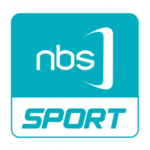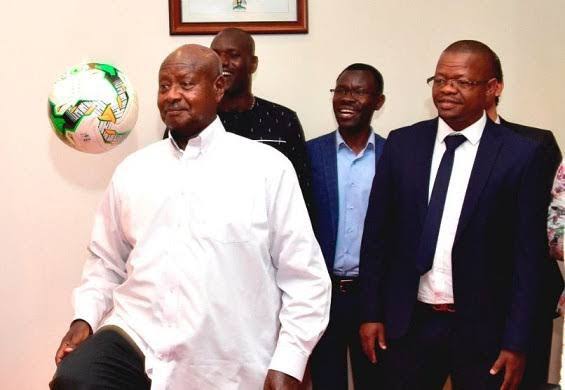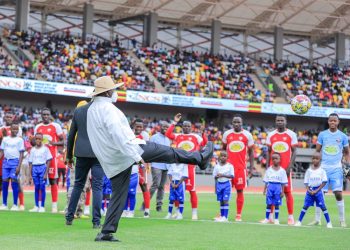As campaigns for the 2026 general elections take shape, sports has emerged as a major talking point with both the ruling National Resistance Movement and the National Unity Platfor, the leading opposition party, laying out ambitious plans.
The ruling party has committed Shs1.4 trillion to infrastructure projects already in progress, while the opposition has promised to spread stadiums and programmes across districts and regions.
Each proposal appeals to voters, but questions of feasibility and delivery remain.
The NRM plan appears more grounded in projects already under way. The Hoima City Stadium is nearing completion, and Akii Bua Olympic Stadium in Lira is being built by an Egyptian firm at a cost of US$129 million.
The completion of the high-altitude training centre in Kapchorwa adds to government’s list of visible undertakings.
These projects give the ruling party credibility, though the challenge lies in timely completion, cost management and ensuring sustainability of the new facilities.
NUP’s manifesto is built on a message of equity and inclusion.
By promising regional stadiums of at least 20,000 capacity, upgrades of existing grounds, and investments at district level, the party seeks to decentralise access to facilities.
It further sets itself apart by promising gender equity in sports and the preservation of traditional games. Public–private partnerships are offered as a financing model to reduce the burden on government.
The strength of this approach is its inclusivity, but the scale of promised infrastructure raises questions about whether resources and expertise can be mobilised across districts in the five-year period.
Both manifestos present gaps. Neither details long-term maintenance and operational costs of new stadiums, nor do they offer clear timelines for grassroots projects.
The emphasis on infrastructure risks overshadowing critical areas such as athlete welfare, sports science, and medical support.
Where NRM focuses heavily on facilities as a springboard for international events like AFCON 2027, NUP stresses identity, cultural pride and equitable access, but with less detail on financing.
In practical terms, NRM’s manifesto is more achievable in the short term given that several flagship projects have already started.
NUP’s plan, though broader in vision, would require major new financial commitments and administrative capacity to take root.
Voters will weigh ambition against delivery as they decide which of the two approaches offers a better future for Ugandan sport.





























